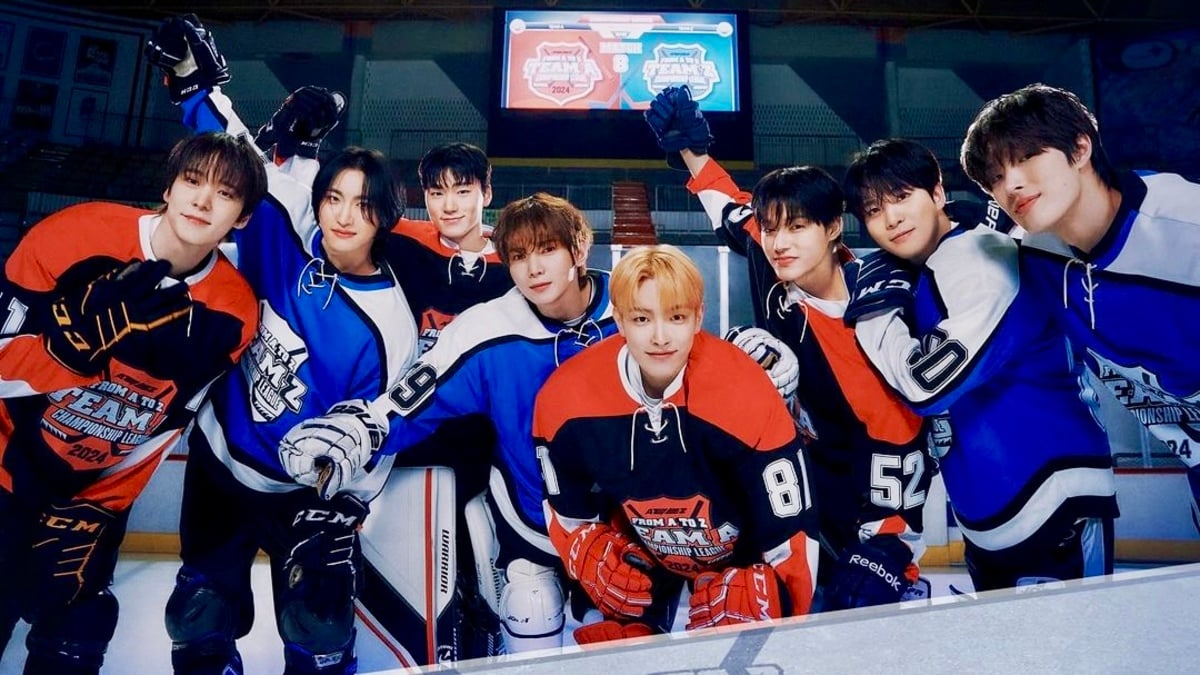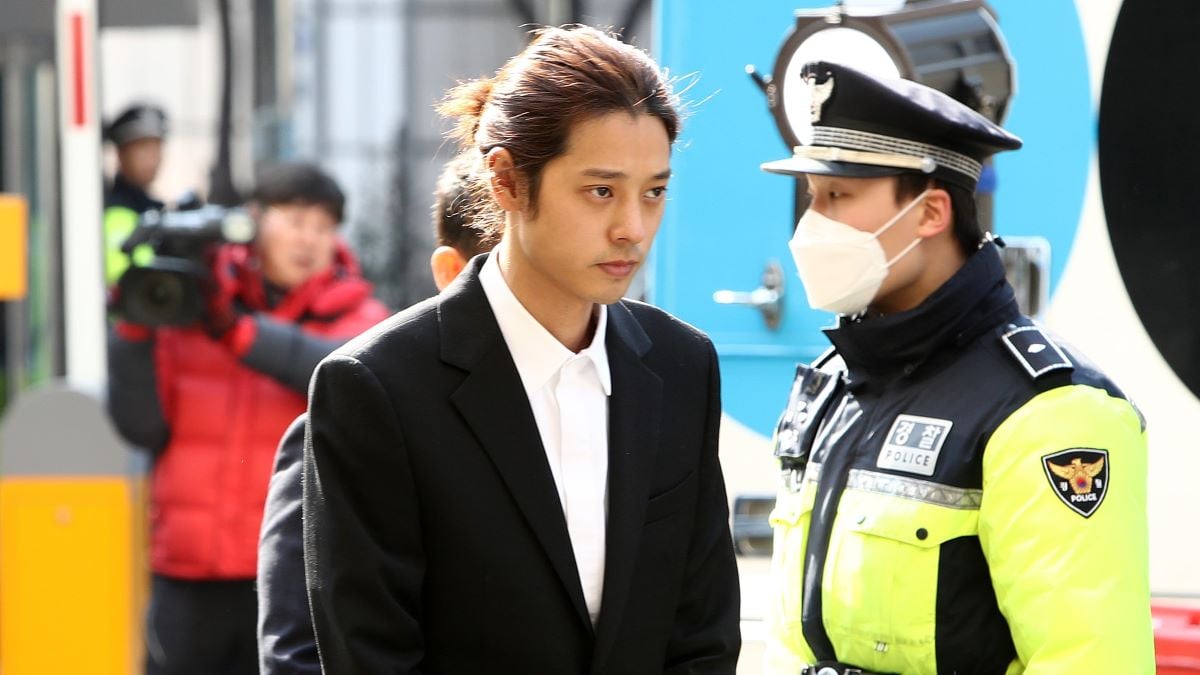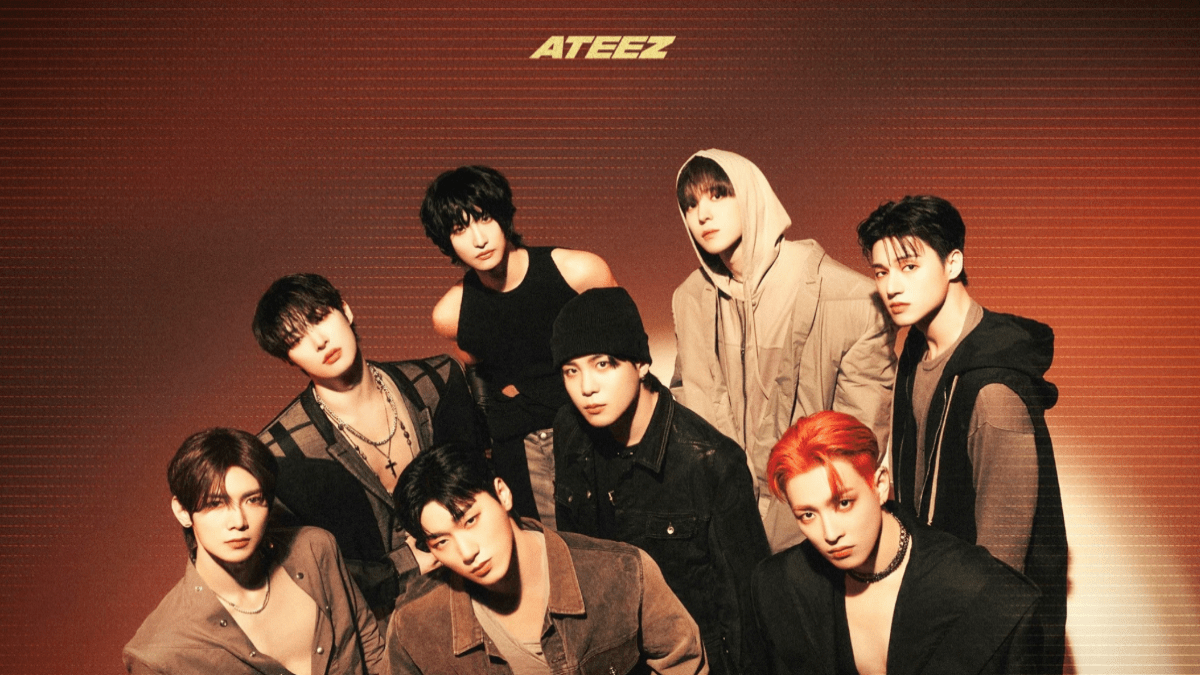
After its tenth anniversary, there’s no denying that Movement has lived up to its name. The Detroit music festival once again succeeded in drawing the techno elite from every corner of the globe to celebrate the genre in the city of its birthplace, but this year’s edition in particular served as a special homecoming of sorts.
After all, the extra year digit was but one milestone reached by the techno community this past week. Shortly before the event took place, Detroit Mayor Mike Duggan declared the week of May 23rd-30th Detroit Techno Week. Following that, a business report presented a couple of days later at the International Music Summit in Ibiza revealed that the genre surpassed all others in Beatport downloads last year. Then, on the first day of the festival, the Movement Main Stage was headlined by none other than Kraftwerk – a group whose music tremendously influenced the Detroit artists who formulated the style in the late ‘80s, but had never before been booked for the festival.
If you were in Hart Plaza over Memorial Day Weekend to experience Movement 2016, the worldwide popularity of Detroit’s subversive take on the four-four formula was quite evident. What remains to be seen is whether such a state of affairs will bode well for its future.
Techno’s first wave emerged from members of the city’s disenfranchised black community, and the racial diversity of the attendees indicates that they still take their role as stewards of the genre quite seriously. Representing the more contemporary iterations of the style at Movement’s more recent editions were post-Sven Väth era Western European techno snobs who dressed like cyberpunk goth royalty and pranced from stage to stage with an almost aristocratic air. Somehow, though, the two polar opposites have co-existed remarkably throughout most of the festival’s history, along with the thousands upon thousands of more mainstream fans whom have come to embrace the genre after outgrowing EDM.
After all, there’s something about Movement that just plain works. The bass kicks from each stage’s sound system reverberate from the rigid concrete planes of Hart Plaza, as archaic skyscrapers extend upward around all but its river-facing side. The urban youths who flock to the event give the entire scene a post-apocalyptic feel that perfectly accompanies the avant-garde sensibility of techno.
As always, the Movement Main Stage occupied an amphitheater facing a terraced bowl, and featured performances from seminal figures like John Digweed, Seth Troxler, Matador and Anja Schneider. Experimental electronic music group Modeselektor closed out the stage a bit anti-climactically on the final day considering that the performance of Dubfire at the end of the second day stood out more than any other in the entire festival.
With only his shadow visible from behind an opaque screen, the Iranian house and techno veteran played one of his famous Hybrid sets – which utilize live elements like synthesizers and controllers. If you stood in just the right spot on the sixth step down from the periphery, the bass from the main stage’s sound system shook your body with each kick, building up to transcendental peaks of aural ecstacy punctuated with cacophonous crackling sound effects.
Featuring artists like Caribou, DJ Funk, Justin Martin and DJ Godfather, the Red Bull Music Academy stage showcased more musical variety than any other stage of Movement 2016 – except, perhaps, for the Underground stage, which brought artists like DJ Pierre, Kill The Noise and What So Not to Hart Plaza’s subterranean floor.
Of all the more mainstream artists ironically billed for a stage dubbed “the Underground,” Mija’s set stood out most as the OWSLA breakout artist demonstrated that she could play the dark, brooding sort of techno expected from artists playing the other stages.
In the venue’s northeast and southeast corners were the Opportunity Detroit and Beatport stages, respectively. Except for the former stage’s Konkrete Jungle Detroit-curated lineup segment on the third day, neither diverted far from house and techno, with more recognizable names like Tale Of Us, Joseph Capriati, Nic Fanciulli and second-wave icon Richie Hawtin (for whom Danny Tenaglia had to sub in after a Visa snag kept him from performing) occupying time slots on the latter.
On a grassy flat at the foot of an enormous ring sculpture titled “Transcending” on the Plaza’s north border was the Made in Detroit stage curated by Vice’s dance music division, THUMP. The Made in Detroit stage was consistently a cut above the others in that it featured more first and second-wave artists; DJs like Stacy Pullen, Eddie Fowlkes, Art Payne and Keith Martin brought a soulful danceability to their sets that was largely absent from those of their contemporaries.
Closing out the stage on the first day was second-wave Detroit techno mainstay Carl Craig, who played a substantial role in the scene as artistic director of the first incarnation of Movement: a free festival that took place on Memorial Day Weekend of 2000 and was then branded as Detroit Electronic Music Festival. Craig’s performance blended aspects of old and new styles seamlessly, and might have been the best that took place at the Made in Detroit stage this year.
On the third and final day, the stage wrapped up with a performance by Kevin Saunderson, who also played a significant role in the pre-Movement editions of the festival. In fact, his role in techno goes back much, much further, to the very formulation of the genre.






